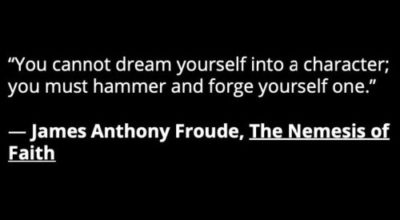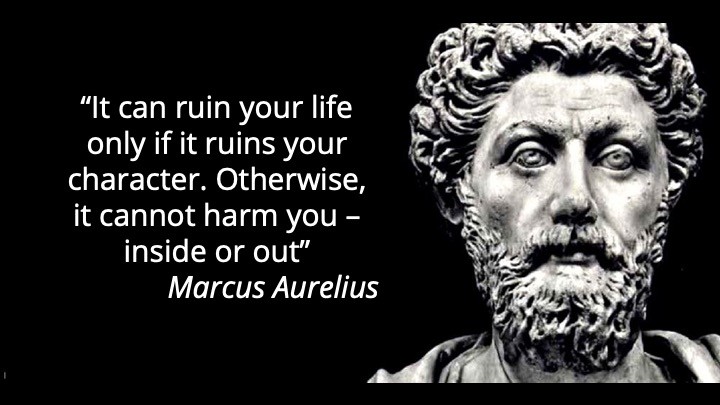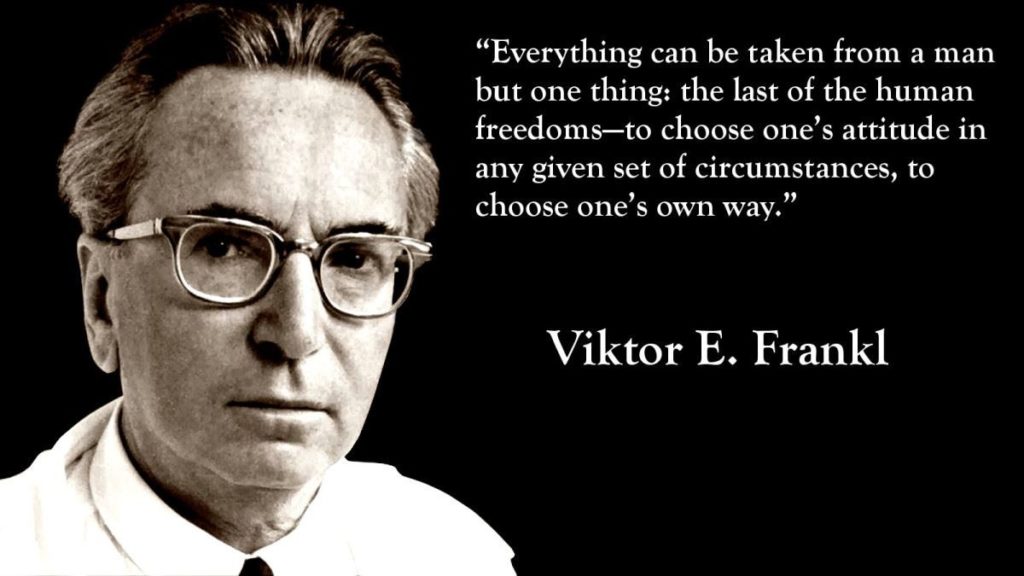
The opportunity
This is not an article written with the intention to judge what is good or bad, right or wrong. I am writing this to challenge us all on how we and the people around us, even our team and organization, are responding to the current situation. I think now is the time to move away from practical advice and take this to a deeper level of individual reflection and collective consciousness. Because we either all get out from this together and united, or many people and businesses will go under, creating a huge impact that will probably take years to recover from.
Many of the leaders I work with think that the time to “work on” culture, and how to better live according to our declared values, is “when we have time for it”. Let me tell you, loudly and clearly: there is no better time to move your culture towards your declared values, than a challenging situation or crisis! People are watching you now more than ever at a deep subconscious level. Culture is not only what you say at corporate events and in official emails, but what you do, and above all what you do in difficult circumstances. Culture is built through the messages you send every day to show people what you really value.
This is the moment of truth
Yes, this is the time. Not when things are going as expected. How you respond will show your values and culture in action. This is the moment to take action and be aligned with the best version of yourself, your team and your organization. This is the time to raise your hand and bring consciousness and positive actions to any ecosystem to which you belong.
In the past few days, I’ve seen many ways in which people, organizations and governments are responding to the Covid-19 situation. I’ve seen great examples of responses; where organizations and governments are trying to create solutions for the people they are responsible for. From public funds being provided to support the most impacted people, to companies creating new policies to deal with never before seen challenges for their customers, and there have also been many individual demonstrations of support. This is great!
On the other hand, I’ve also seen many others becoming, from my point of view, more “self-protecting”. They are only focusing on the impact on them. Even if we believe we are doing great, we run the risk of becoming unconscious of the bigger picture. Sometimes we become disconnected from what we have stated and shared; we start functioning more and more on autopilot. I see people in organizations doing things because “I was told to” without challenging whether those requests are aligned or not with who we want to be and our declared values.

In the last decade or so, organizations have been talking more and more about being conscious of their impact on the environment (which is not just being “greener”!). They have been talking about the need for true “partnerships” and stakeholder integration (taking care of all their value chain, not just shareholders). Organizations have been sharing in the media, and with their employees, values like “empathy”, “responsibility”, “innovation”. The news has been full of statements from CEOs with one or more of these words. Will they leverage this crisis to show how they really do this? Will they be able to look at the bigger picture beyond themselves?
We, as individuals, have been sharing with friends and colleagues what our values are. We all declare things like empathy, respect, freedom of choice, love, among others. If you think of yours something similar, virtuous and positive will come up for sure.
So, the question now is, how are we acting in accordance to these values in the current situation? And let me share once more, the intention of this article is to challenge us to pause and reflect on where we are not living in alignment, and how this could be contributing to possible future problems. This is an invitation to us all to learn new ways in which we can show up as our “best version”, as individuals, through the team we belong to or lead, and through the organization we work at. Will each of us be able to look at the bigger picture beyond ourselves?
Creating alignment
I hope that if you are still reading, you may already have some ideas on how to challenge yourselves to do this. In case it helps, I want to share some of the things that come to my mind as critical actions to take that can help all of us grow as a community.
1. Accept
It might help to start with acknowledging, observing ourselves, becoming aware of any emotions this situation may trigger in us. Fear? Victimization? Opportunity? Only by accepting what is happening, and how we feel about it, can we find a way forward. And if we all do it from a place of gratitude for what we have, if we can focus on how we can respond to make this the best possible situation and what we can learn, I can assure you it will be much easier.
2. Go back to our desired culture and value statements
Take some time with yourself to write down what your values are. How you would like to be seen and recognized by others. This reminds each of us who we are as our “best self”.
If you lead a team (or as a member of it), it’s the time to do the same exercise with your people. Think what are our values as a team and as an organization, and what we should stand for. This is the time to show the way and change the culture for the good.
Create a time to discuss and align on concrete actions to start doing as a team, and what should be stopped.
3. Speak up
Can you help step-up the conversation by raising the difficult topics and inconsistencies? In the last few years, many people and organizations have put “courage” at the core of their behavioral needs, to be more innovative, to test and learn new ways of doing things. This is the best time to practice! What if everyone practiced having the courage to challenge the status quo?
How can we create the time, space and the psychological safety for people to speak up and share the things we might not be seeing that we can do better? What if we all use this situation to practice at each family dinner, in each team meeting, in each small online chat; what we can do differently?
This is a great opportunity to make “courage” and “innovation” part of our culture, and not to wait for the “good times” to do so. That could be too late.
4. Solidarity!
Even if it’s not written as one of your declared values, this is the only way out: Solidarity! Angela Merkel shared this word last week and it got me thinking. Most governments were trying to avoid shutting down activities because of the enormous impact on the economy in general, and mainly on the small and medium businesses where the majority of people work. But now, with the actions that have been decided for public health reasons, there is no way to avoid the huge impact this will have. The big question now is whether small and medium businesses can be resilient and stay afloat, with the impact of this outcome affecting millions of workers and all the value chains associated.
If you have tickets for a concert (as I do, for at least 2 in the next 2 months) and you ask the organizers to reimburse you instead of waiting and allowing them to reschedule for a later date, you might be contributing to a financial crisis that will impact people around the globe. Yes, every action generates a domino effect in a global economy. And this is the time for us to think beyond ourselves. We will find a way forward, together, and those who do not honor our trust will be impacted in the future. The most important monetary exchange we have is not money, but trust.
In my years working at NGOs, I learned that solidarity is not giving away what we don’t need anymore, but sharing what we have, whatever that is. Solidarity in difficult times is the main asset we have to gain trust and support.
Don’t we have a moral and ethical responsibility in difficult times to use our strength and power to support those in our community who are most vulnerable? What would we do at home for our family in a natural disaster situation? We would take care of the kids and the elderly first, those who need it most. We are in one of those situations now.
So, will you ask for your money back from the theatre? How will you support your employees? And people who might have had temporary work with you for a peak season that will now not happen? Will you ask that little hotel you were going to stay at on vacation or where you were going to hold an event for a full refund, or there is any way in which you can keep the reservation for a later date? There are hotels that have an outlook of only 5% occupancy for weeks or even months, artists who will not perform in a theater for a while, and these are just a few examples of something that is reality in many different industries and will affect all their value chain. So, what can we do to be part of the solution?
The moment of truth
I don’t have the answers and I don’t know what is possible for each of us and each business. What I do know is that we either take care of each other or we are contributing to the economy collapsing.
One great outcome of starting to think and act this way is that we become more connected. Yes, we are still only one phone call away, and sometimes just reaching out and asking “How are you dealing with all this?”, “Can I help you in any way?” and really engaging in these conversations and taking some small but still significant actions, is a way to share that you really matter to me. You. Your loved ones. Your business. Our togetherness.
This is a great opportunity, in times in which we could find excuses to be more isolated and disengaged from each other, to connect with our humanity and the best versions of ourselves.
Are you up for the challenge? This is the moment of truth.
This article originally appeared in LinkedIn.






















